At the beginning of the Formula One World Championship in 1950, there was no real list tightly controlling the specifications of the cars, and as such, there was an eclectic mix of V10s, V8s, inline-fours, and pretty much every type of engine in between. The only limits imposed were the displacement of the engine and whether it had a compressor (supercharger) or not. Things stayed that way through the massive development periods of the 1960s and 1970s.
It wasn’t until after a series of fatal accidents that the FIA, working with newly established Formula One Management, imposed series-wide engine specifications in 1982 that banned rotary, diesel, gas turbine, sarich orbital, and boxer engines. Regulations were also put into place that dictated fuel flow rates, the minimum weight of cars and their power units, and their engine displacement, plus whether they were turbocharged or not.
Since then, Formula One started to be broken down by what engines were running at the time, such as the V10 era of the early 2000s, the V8 era that saw Sebastian Vettel win his four back-to-back championships, the V6 turbo-hybrid power units of 2014 to 2021, and the new version 2 V6 turbo-hybrids that are in the 2022 to 2026 cars.
The Most Complex Turbocharged V6 Engine in the World
While it may sound simple to just say “Version 2 V6 Turbo-Hybrid,” the truth of the matter is that the current engines are insanely complex and brutally powerful, pushing nearly 800 HP to the rear wheels when on full hybrid boost. On average, when not on hybrid boost, the engines are still pushing out nearly 600 HP on their own, from 1.6L of displacement.
Since in-race refueling is banned for safety reasons, and there is a maximum 100kg of fuel allowed to be put into the cars for the entirety of a race, it became vitally important that every single ounce of performance the engines could give was maximized. You won’t see us disagreeing that the screaming V10s and the howling V8s from 2000 through to 2013 weren’t “the sound of F1,” but from a purely scientific point of view, those engines were massively inefficient.
That is one of the reasons that the new V6s, while not exactly quiet, are much quieter than the banshees that came before. Before 2014, F1 power units generated a ton of heat and a massive amount of noise, mostly as the result of inefficient combustion. While F1 started to capture kinetic energy of the cars braking in 2009 with the introduction of the KERS (Kinetic Energy Recovery System) as a sort of primitive hybrid boost, the heat that the engines developed was exhausted out the backs of the cars.

The MGU-H & MGU-K: The Top Tier of Performance Hybrid
There is a reason that 2014 was a season that saw multiple engine failures during races, as Formula One had literally tasked each engine supplier to reinvent the wheel. Enter maximum performance from six cylinders, and a much more efficient kinetic energy capture system known as the MGU-K (Motor Generator Unit – Kinetic), plus the introduction of an electric motor connected by a shaft to the turbocharger, the MGU-H (Motor Generator Unit – Heat).
2017 Renault R.E.17 in “exploded” view. In the middle is the 90 degree V6. In front of it is the hybrid battery pack. The silver cylinder under the left exhaust manifold is the MGU-K, and if you look very closely in the V of the engine, you can see the MGU-H. Of course, the turbo is out back, and the single “big pipe” exhaust leaves out the rear of the car. Via F1 Paddock Pass.
Both the MGU-K and MGU-H connect to the same battery pack, meaning that either or both can use the power or charge the battery. How much energy is used or recovered is controlled by the driver, through constant adjustment of the ERS (Energy Recovery System) settings in their steering wheels.
In effect, the MGU-K is sort of a “third brake,” using a DC motor connected to the crankshaft of the engine between the V6 and the transmission to help slow the car down while charging the battery, and then reversing polarity when the driver floors it to help push the car faster and harder out of the corners.
The MGU-H is by far the more complex system, as it needs to operate in the range of thousandths of a second. When the driver is on wide-open throttle, the turbine in the turbocharger is spinning at several tens of thousands of RPM, which also spins the shaft that connects to the DC motor that is the MGU-H and charges the battery.
Using some incredibly complex programming, the driver’s steering wheel, which is realistically the ECU of the car, will tell the MGU-H when it needs to use energy and become a motor, which spins up the turbos to eliminate turbo lag. It is basically an energy recovery system and an anti-lag system in one.
The Turbo V6: The Beating Heart of an F1 Car
Finally, the V6 engine itself is tightly regulated, as it must be in a 90-degree V shape and not displace more than 1,600cc. All engines are required to have pneumatically operated valves, direct injection—and critically, they must not burn fuel at a rate faster than 100 kg/h when at wide open throttle.
The reason for using pneumatic valves is that metal springs can soak heat, becoming softer and therefore not as effective at returning a valve to the closed position. Instead, the valves are pushed down by a camshaft, which depresses a plunger connected to the valve stem and compresses a layer of nitrogen, which does not soak heat and also can be put under immense pressure without worry.
When the cam lobe moves on, the nitrogen expands, pushing the plunger up and closing the valve. That entire sequence of events takes less than a thousandth of a second.

The more important specification, that of the fuel flow, is why Formula One “went quiet” in 2014. Before, you could have engines that could burn through 150 kg of fuel over the course of a race, and before that, you didn’t need to worry about fuel flow because you refueled the car during a pit stop.
Now, with strict regulations on flow rate, the only way to extract maximum power from the fuel itself was to rethink how a combustion cylinder works. Most road cars have cylinder heads that are concave and allow enough room for a good air/fuel mixture to be compressed and then ignited, and the same shape is mostly used in F1 engines, but with a couple of major tweaks.
Most, if not all, road cars of the past two to three decades have been either port injection or, more recently, direct injection. The big difference is that your little family hatchback will squirt a little mist of fuel into the cylinder at about 350 bar (5,076 PSI), while a F1 V6 will inject at 500 bar (7,251 PSI).
The fuel is also different, with sports cars, performance cars, supercars, and the like requiring a minimum of 91 octane, and preferring 94 octane. Formula One engines run on a mix of fuel and 10% sustainable bio-ethanol that must be within a very tight variance of 102 octane. If you’ve ever wondered why each and every Formula One team has a major fuel company as a partner, that’s why.
The other major tweak of an F1 cylinder is that the cylinder head is not a smooth concave shape. Instead, it dips down very slightly in the middle, with the spark plug moved down closer to the actual piston by about an eighth to a sixteenth of an inch over your standard road going cylinder head.
This serves two functions. The first is that it causes the initial explosion to happen closer to the piston head, delivering more immediate power. The second is that it gives the cylinder head a very light toroidal shape. When the high octane fuel, mixed with turbocharged and intercooled air, is ignited, the initial explosion starts the process of pushing the piston down. Where that slightly toroidal shape comes into play is that it “shapes” the explosion, preventing ignited fuel from causing interference with itself in the middle of the cylinder, instead pushing most of the explosive force down.
Because more of the fuel energy is burned this way, and with less interference inside the cylinder, the engine doesn’t produce as much exhaust sound. Keep in mind, this process is happening up to 250 times per second in an F1 power unit (that’s 15,000 RPM).
Still, in 2018 Mercedes-AMG were able to reach a milestone of 50% efficiency in their power unit, the first engine in history to extract 50% or more energy from the fuel powering it. The engines are still loud, and if you’re trackside at the start of a race, you can hear the turbos of each car spin up as the drivers bring up the revs. They’re just not as loud as they used to be.
Also, if you’re on the fence about how loud the cars are and how loud the turbos are, watch this video (volume warning, it’s loud):
The Performance Hybrid Systems: Efficient, Effective, Enormously Powerful & Ready for the Mainstream Road
Phew! Now that the technical stuff is out of the way, we can focus on the important bits. As is well known throughout automotive history, motorsport technology has always made its way to road cars. Fuel injection, superchargers, turbochargers, four valves per cylinder, dual overhead cams, disc brakes—all of these, in some way, shape, or form, came from motorsport.
In the world of 2022, with fuel prices rising, the rise of electric vehicles being produced by Mercedes-Benz and other brands, the start of the electric hypercar movement for the very wealthy, and more and more hybrid vehicles being presented as the way to into the future, there has already been the start of transitioning the performance hybrid systems of the current F1 power units to road cars. Perhaps the greatest example of a car that fully embraced the technical advancements to come from F1 is the Ferrari SF90 Stradale.

However, many of the cars common people can obtain that have hybrid systems are still using the type of units that only provide a mild boost, mostly for fuel efficiency, and rely on the engine alone to charge up. Performance hybrids are becoming quite the hot option to have in the supercar space as well, with many of the big names like Lamborghini and Mercedes-AMG fully embracing the concept, and pushing integration into the mainstream market closer and closer to actually happening.
As a purely random example, take the Kia Forte GT Limited—a very popular, well equipped, gas sipping, turbocharged sedan that has good looks, a great engine, and comes with a 7-speed dual clutch transmission. It has 201 HP, 195 lbs-ft of torque, and gets said power on your bog standard 87 octane fuel.
Now, imagine a small MGU-K added between the crankshaft of that turbo inline-four and the DCT, with a battery that is charged by both the engine and through regenerative braking.
The thing with turbochargers is that they need a lot of exhaust flow, going fairly rapidly, to spin up their compressor vanes. This is the well known turbo lag. Smaller sportier sedans and hot hatchbacks use small turbos that spin up quickly when the revs rise above 3,000 RPM, but between idle and 3,000, you’re not getting the most efficiency or power possible. That’s where the performance hybrid makes sense—as a package to help cover the time it takes for the turbo to spin up, before returning to kinetic capture mode once the turbo has kicked in.
Of course, it won’t save as much fuel as a standard hybrid system, but a standard hybrid system also doesn’t give much of a punch to the power of whatever car it’s in. But a small performance hybrid system would add an extra 50 or 60 HP, recharge efficiently from braking and free-spinning when the turbo is active, and potentially have a sport mode you can select that lets you have it boosting the engine all the time (like in F1). It would probably also (with the amount of research and development already done through some of the biggest races on the face of the planet over the past decade), only add a couple of thousand more to the MSRP of the Kia Forte GT Limited.
The Future of the Power Unit: A Look Ahead at What We Know about the 2026 Fia Regulations
One of the exciting things about Formula One is in its name: The formula. For those unaware of what the term means in terms of racing, the formula is a set of requirements that each car must have, what parts are mandatory and shared across all cars, and what technical specifications the cars need to meet in terms of width, height, performance, fuel, and the like. The formula is incrementally changed year to year, but every 5 to 7 years, it gets completely changed.
The biggest thing that the FIA and FOM are looking to remove from the cars is the MGU-H. While this sounds like a removal that seems detrimental, it’s because of the new fuel, car size, car mass, and aerodynamic regulations that are to take effect in 2026. Fuel is going to be one of the biggest topics of discussion and regulation, as the fuel powering the cars in 2026 will be 100% sustainable bio-ethanol.
One of the things about bio-ethanol is that because it burns so cleanly and powerfully, it doesn’t produce as much exhaust heat or flow as pure hydrocarbon-based fuels. It will still spin up the turbos of an F1 power unit, but there is really no need to capture heat energy when not much heat energy is produced.
Other coming changes are aimed at making the cars more aerodynamic, smaller, and lighter, instead of the 20-foot long land-based cruise missiles that the current cars are. While the current cars are much more aerodynamic and allow for much closer racing than the first generation V6 turbo hybrids, the smoother a car can pass through the air at speed, literally cutting the air instead of barging it out of the way, the less power is needed to force that air aside. Less power needed means not as much fuel is needed, meaning the bio-ethanol powered V6 turbo hybrids are likely going to attain over 60% efficiency.
With priorities like environmental impact, sustainability, and bringing Formula One back to a championship with close, wheel-to-wheel racing, the 2026 regulations, while just generally outlined at the moment, are likely to produce a lot of new technology that could very well appear in your road car in the next decade.


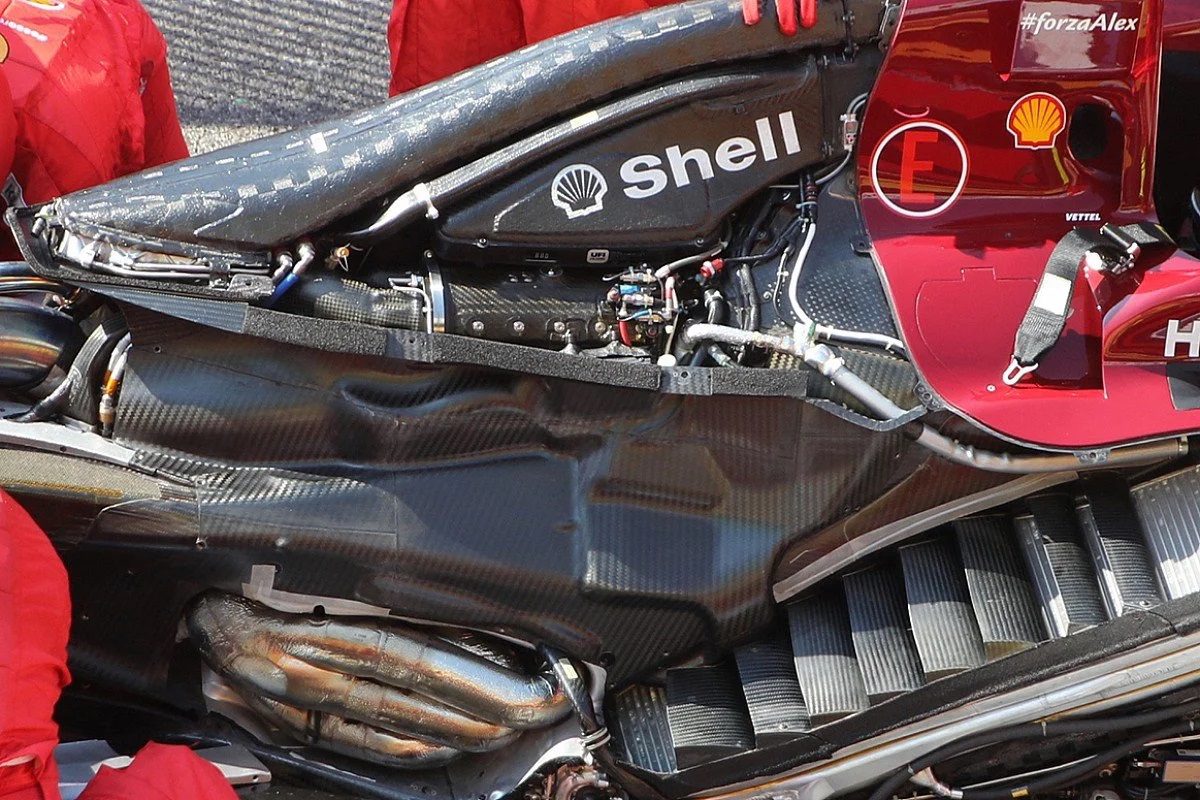

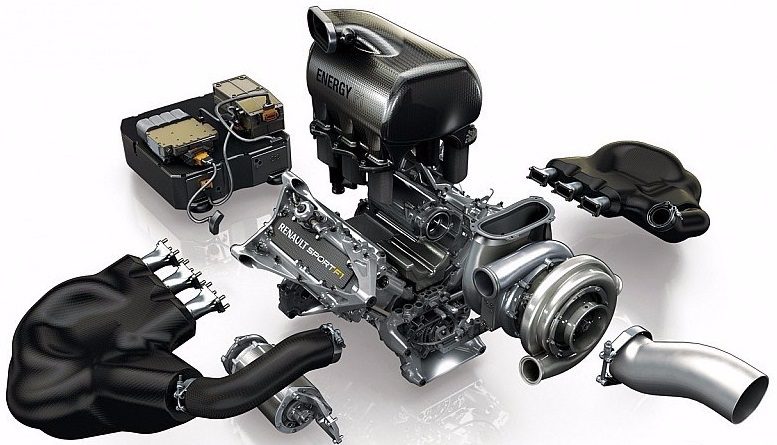
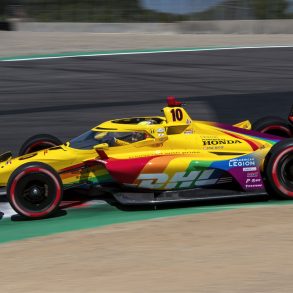
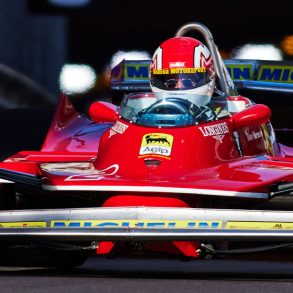
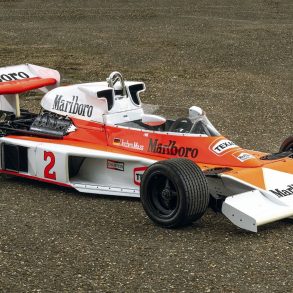


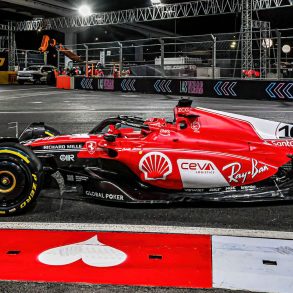

The things I know about he seems to have little understandingof. “Spin up compressor vanes”. This is not the way anyone would explain what occurs. I wonder if those spinning vanes are attached to anything.
And then this:” One of the things about bio-ethanol is that because it burns so cleanly and powerfully, it doesn’t produce as much exhaust heat or flow as pure hydrocarbon-based fuels. It will still spin up the turbos of an F1 power unit, but there is really no need to capture heat energy when not much heat energy is produced.”
This is wrong in so many ways I don’t have time to explain and he probably wouldn’t understand anyway. He needs someone to sit down and give him a few hours of explanation starting with the first and second laws of thermodynamics
It all makes me wonder if the other things he says, that I don’t know about, are as misinformed as the parts I do know.
Toroidal shaped heads that don’t mix burned and unturned fuel?
.
The first law of thermodynamics is the conservation of energy, in that energy cannot be created or destroyed, but it can be changed into working energy (force) and heat energy (temperature). The second law of thermodynamics is that in an isolated system, entropy will always increase, meaning it will always attempt to find thermodynamic equilibrium where entropy is at its maximum.
In terms of 100% bio-ethanol vs 90% petrol 10% bio-ethanol, if you take 1 liter of each, the petrol based fuel has far greater *potential* energy, in the range of about 25 to 30%.
However, a lot of petrol’s energy, when combusted with charged air, is transferred into heat energy, and as such there is less working energy output. Petrol is by its very nature an inefficient fuel, which is why Mercedes achieving a 50% efficiency rating was world-shattering news in 2018.
With 100% bio-ethanol in the same charged air system, it explodes with far less transfer of energy to heat, and far more energy into working energy. As it does not generate as much heat, and does generate more working energy, much less heat soak occurs in the engine, and since an engine cylinder, by definition of intake and exhaust valves, is not a purely isolated system, entropy does occur but not nearly at the rate of if you exploded a charged air-fuel mixture in a completely sealed cylinder.
Compared to a petrol based fuel, ethanol has less total potential energy overall, but it does burn cleaner (less wasted energy as heat) and with greater power (more working energy from the first law). There is also energy transfer in terms of heat soak and the fact that the engine is not an isolated system.
Terrific story. Drivers, get back to non computer / engineers dicking around with racing. tom davis T.I.D.E. ferrari racing, palm beach.
Nice summary of F1 engine tech. Very interesting.